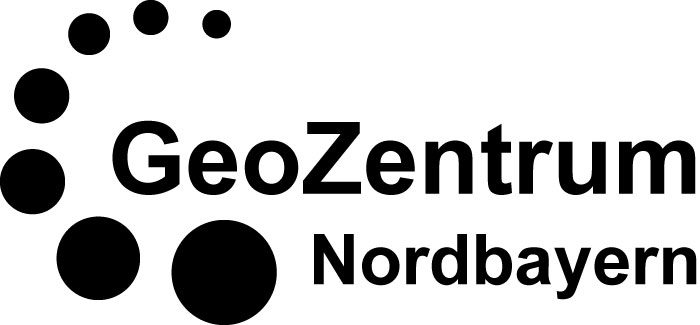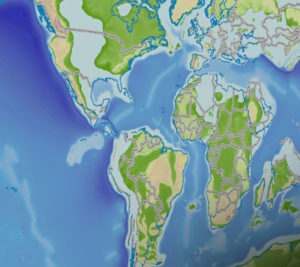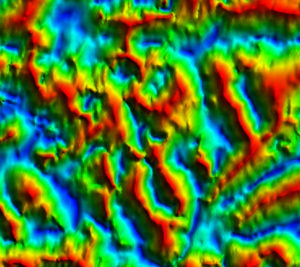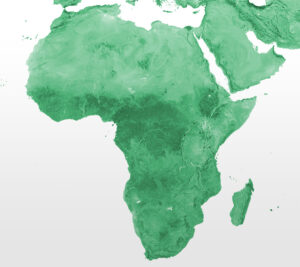It has long been understood that the quality of energy resource reservoirs is significantly influenced by diagenesis – i.e. the physical, chemical and biological changes that sediments experience during burial and lithification, caused by increases in pressure and temperature.
To support the development of professional awareness of established and new applications within the field of diagenesis, Getech is sponsoring the 3rd International School on Sandstone Diagenesis at the GeoZentrum Nordbayern of the Friedrich–Alexander University (FAU), Germany.
The summer school will take place between 22nd and 26th August 2022 and attendees will learn from industry and academic experts: Dr. Luca Caracciolo of FAU; Bill Heins, the Chief Geoscientist at Getech; and Dr. Linda Bonnell and Dr. Rob Lander of the diagenesis software consortium Geocosm LLC.
Given that reservoir quality is a key aspect for the prospectivity of petroleum exploration, carbon storage aquifers, geothermal projects and some mineral deposits, the importance of diagenesis cannot be underestimated. The presence of reservoirs can often be predicted using geophysical data and these techniques may also help identify those sandstones with the level of porosity needed to make a resource economically viable. However, by fully understanding the historical diagenetic process that control the quality of the resulting reservoir, the chances of successful resource exploitation are greatly increased.
Since the early 1980s, the study of diagenesis has had this focus – on evaluating hydrocarbon plays for development – but today, that focus is shifting to additional sources of energy and to ways of reducing the amount of greenhouse gases in our atmosphere. With each passing year, the need to find low carbon solutions is more pressing. Our ability to understand reservoir quality by having an in-depth knowledge of diagenesis can be applied to accelerate the Energy Transition.
Getech’s Globe and Geocosm’s Touchstone products – which have been used around the world to identify hydrocarbon exploration targets – are now being used to locate and evaluate geothermal and other low carbon energy resources, by modelling the physical and chemical diagenetic processes involved in sandstone formation. As well as locating new sources of energy, the need to remove carbon dioxide from our atmosphere is pushing geologists to search for suitable, large-scale storage sites that can securely hold huge volumes of this greenhouse gas. Depleted reservoirs could be the answer – but again, a fundamental understanding of their formation is key to evaluating their porosity and permeability and hence their usefulness to carbon storage. Alongside this, understanding the ‘modern day’ diagenetic effects that could occur when injecting carbon dioxide into the reservoir – potentially fundamentally changing the reservoir’s geochemistry and so causing changes in porosity and/or permeability through new mineral formation & dissolution – is an additional challenge.
To learn more and to register for the course, please visit https://www.gzn.nat.fau.de/angewandte-sedimentologie/diagenesis











